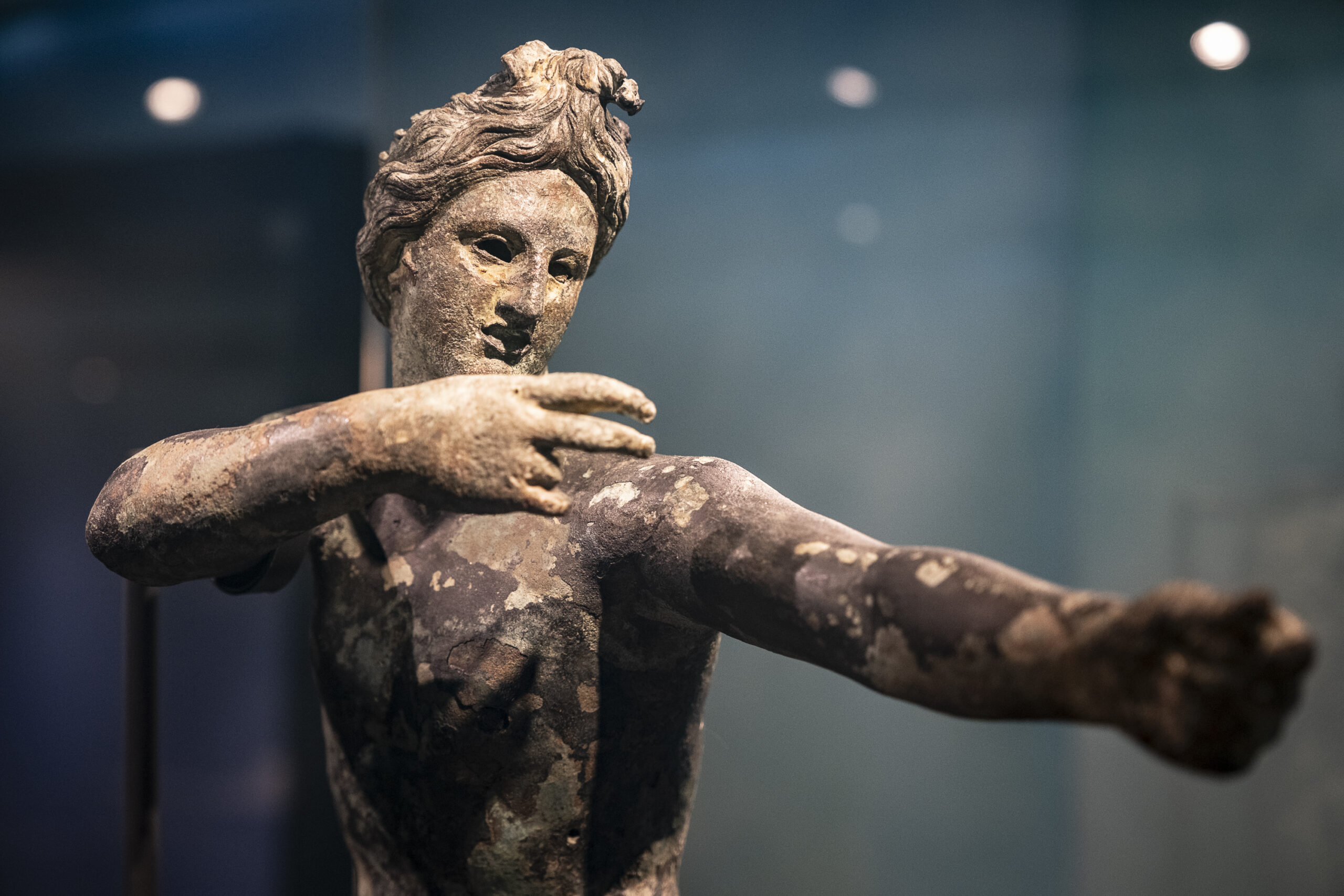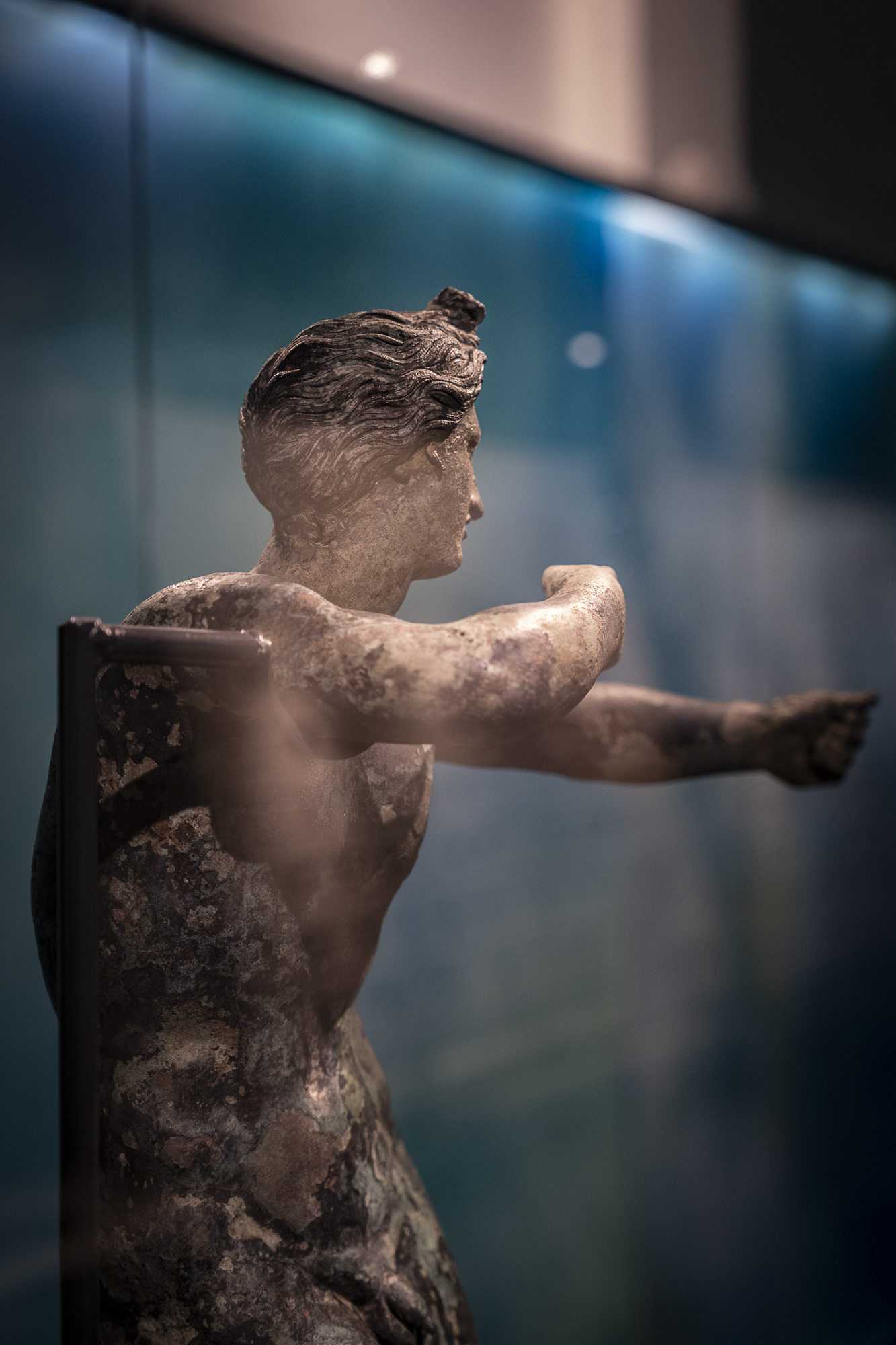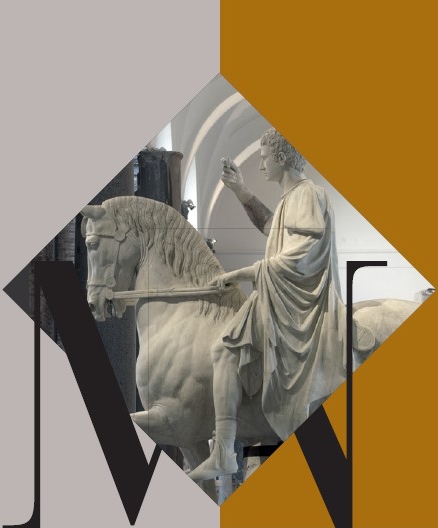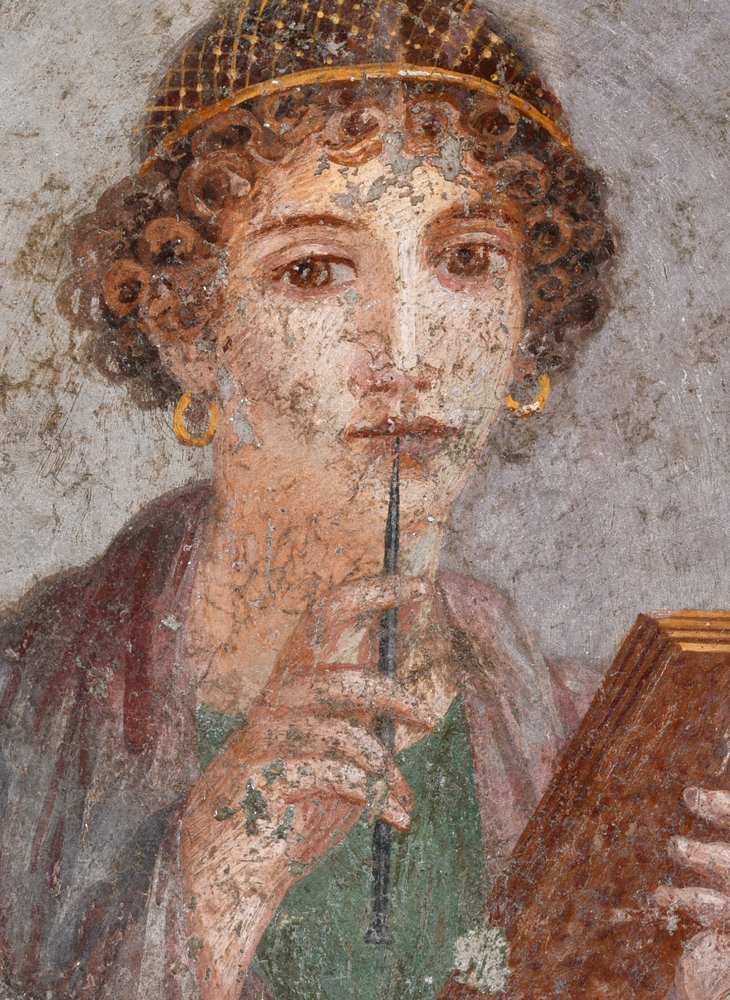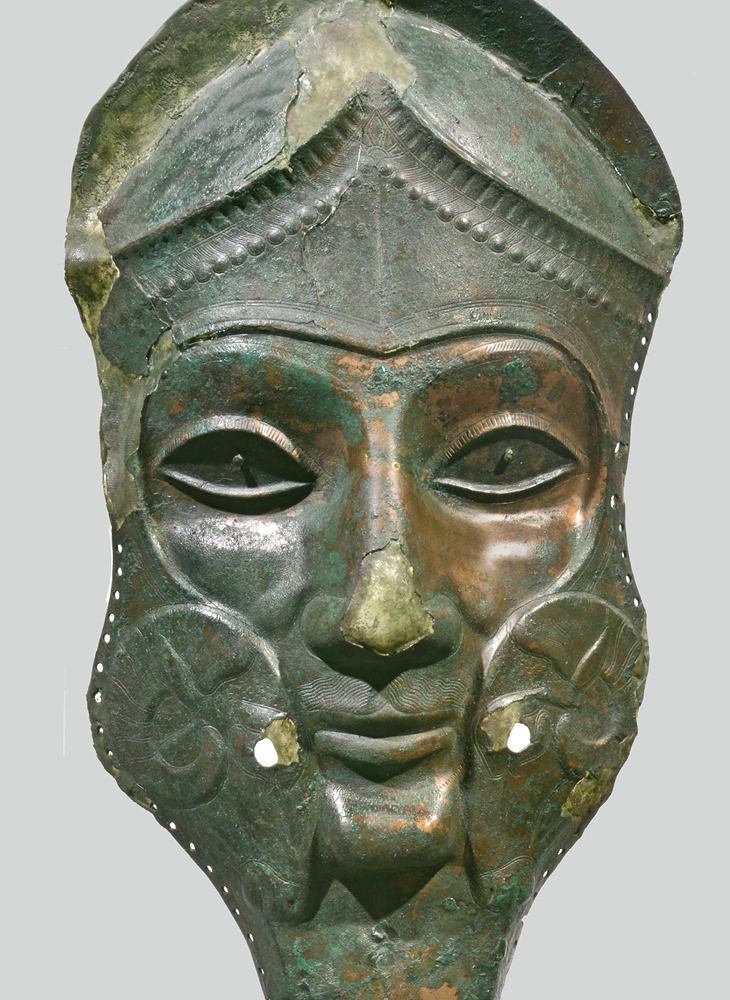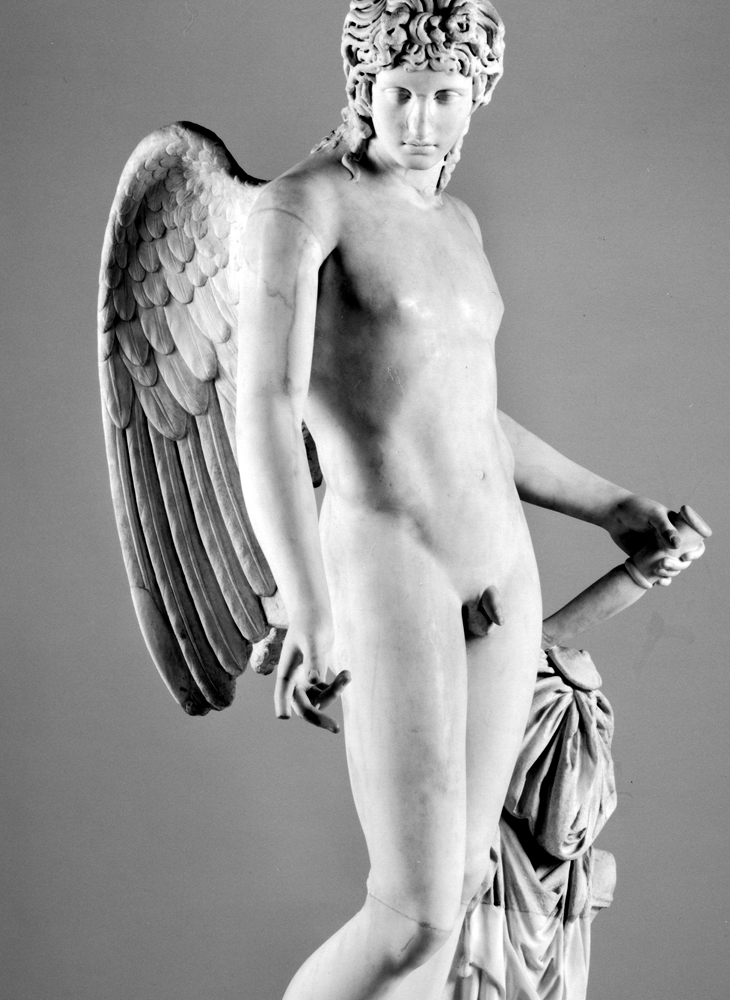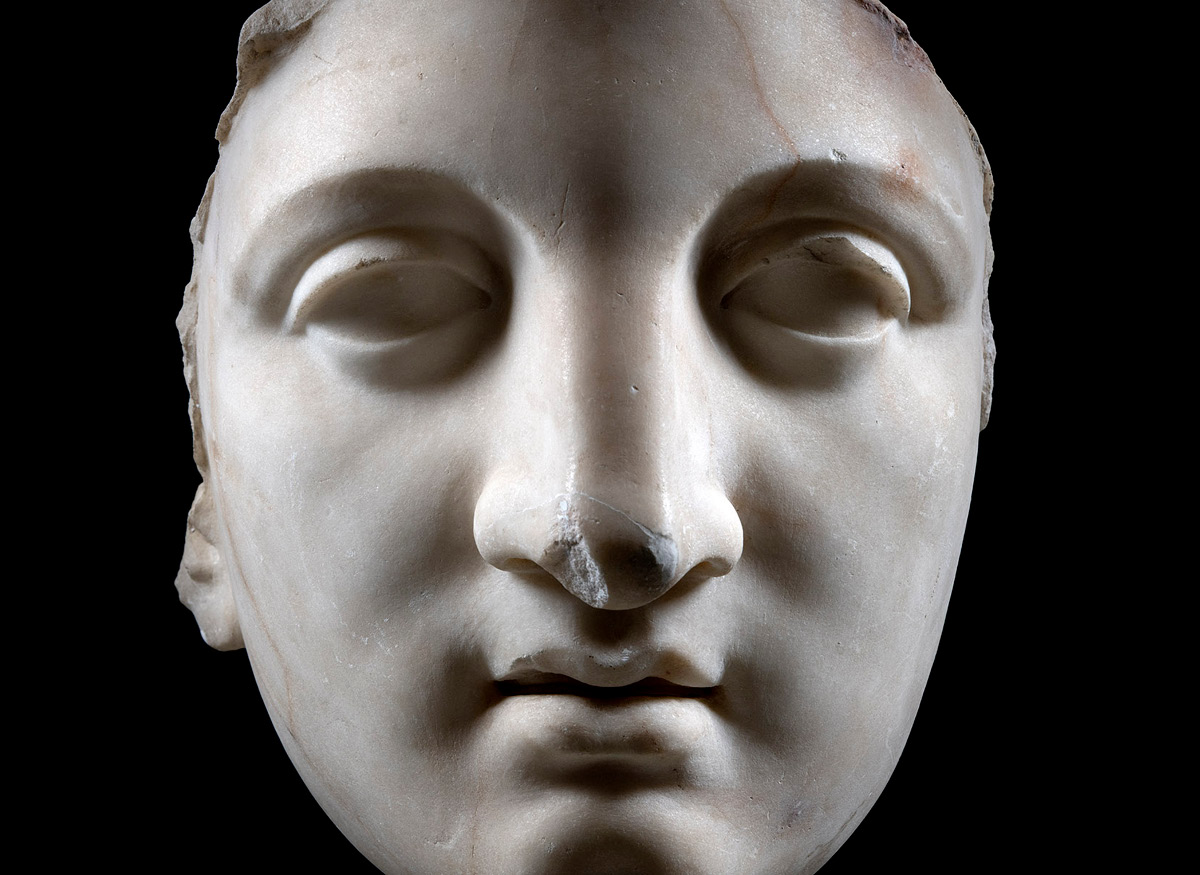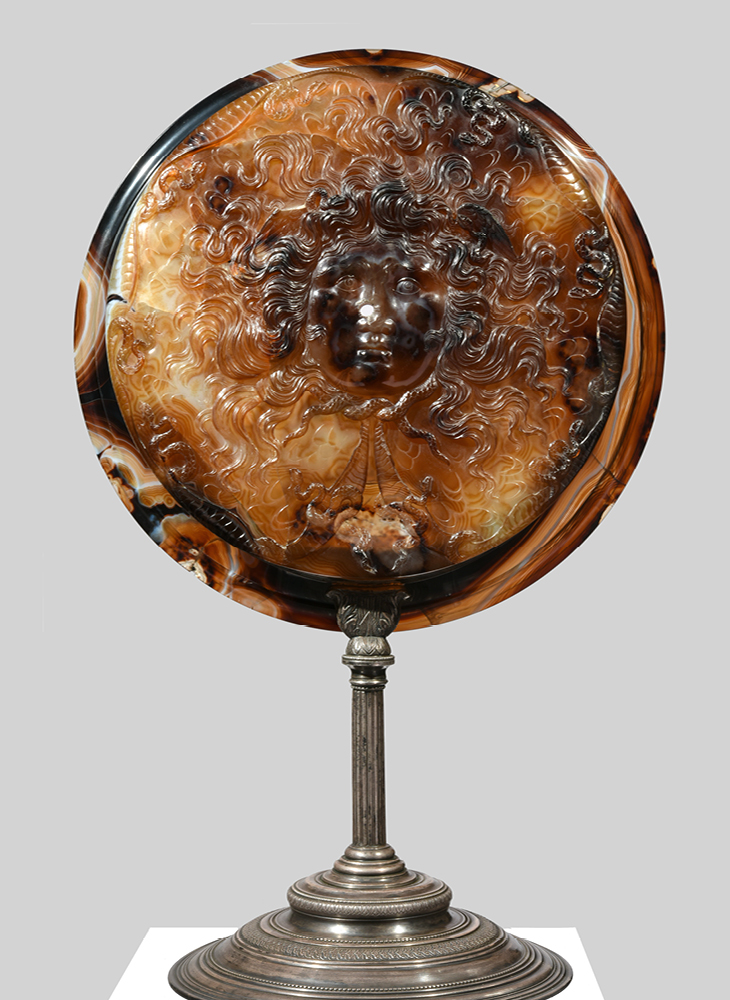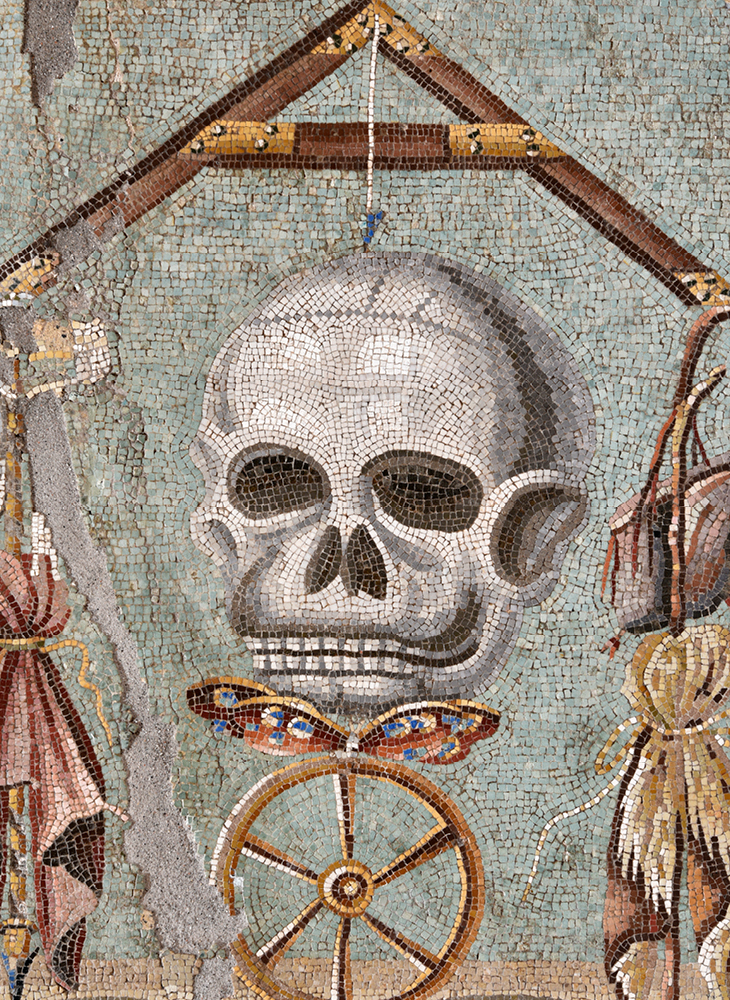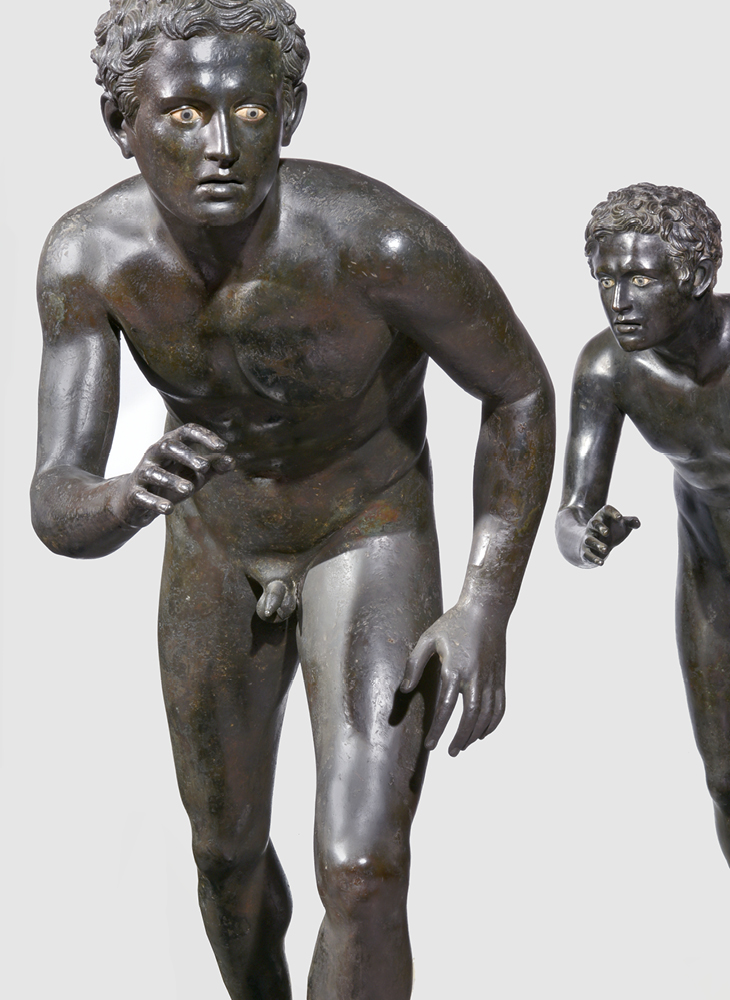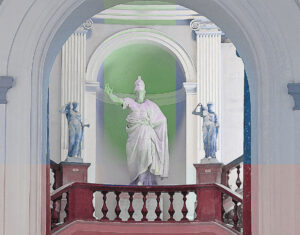mostre ed eventi
m — e
mostre — eventi
in corso
in corso
AVVISO
Il Mosaico di Alessandro proveniente dalla Casa del fauno di Pompei è in restauro.
Le indagini diagnostiche condotte negli ultimi anni hanno messo in luce una serie di criticità nello stato di conservazione del capolavoro.
Attualmente è in corso di ultimazione la prima fase di lavoro, che ha riguardato la progettazione e la realizzazione del sistema di movimentazione del mosaico, il ribaltamento di quest'ultimo e a seguire una ulteriore campagna di indagini diagnostiche e saggi che permetteranno di completare il quadro della conoscenza del manufatto. Seguirà la seconda fase di lavoro, che prevede prima il progetto di restauro e poi l'esecuzione dei relativi interventi sia sulla parte posteriore che su quella frontale.
Il pubblico può assistere alle attività del cantiere grazie a due distinti punti di osservazione appositamente predisposti nella Collezione Mosaici.
Per saperne di più
collezioni
c —
collezioni
elenco completo
servizi scientifici
e pubblicazioni
nel mondo
le mostre in Italia
e all’estero
le mostre in Italia
e all’estero
